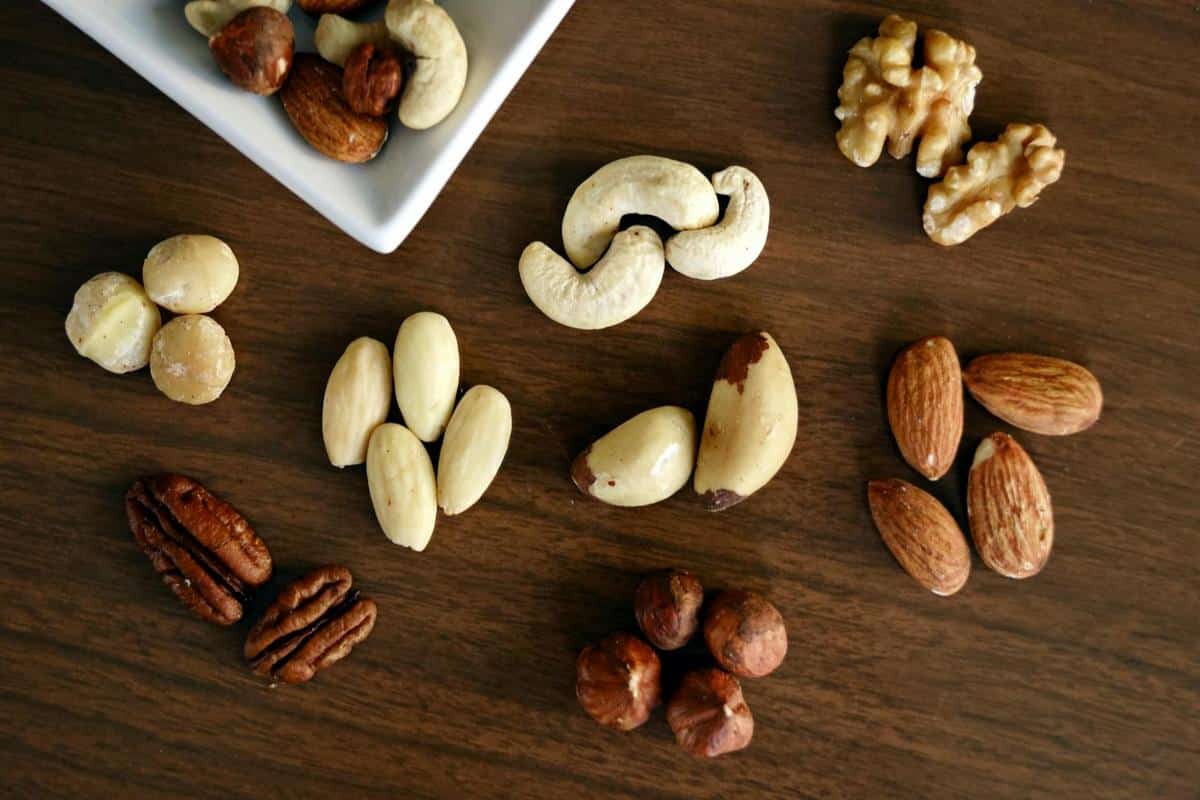
The Environmental Impact of Dairy: What Are the Alternatives?
The environmental impact of the dairy industry has become a growing concern for environmentally conscious consumers seeking sustainable eating habits. As awareness increases, many are exploring alternatives that align with both ethical values and environmental goals.
Understanding the Environmental Impact of Dairy
The dairy industry contributes significantly to greenhouse gas emissions, water consumption, and land use. According to a study published by the Food and Agriculture Organization (FAO), dairy production accounts for approximately 4% of global greenhouse gas emissions. These emissions stem from various stages of production, including feed cultivation, enteric fermentation in cows, and manure management.
“Reducing dairy consumption can have a substantial impact on lowering one’s carbon footprint,” says Dr. Mark Johnson, an environmental scientist specializing in food systems.
Statistics and Research Findings
Research indicates that producing one liter of cow’s milk requires around 1,000 liters of water, highlighting the intensive water usage involved. Additionally, the land required for dairy farming often leads to deforestation and biodiversity loss.
Exploring Dairy Alternatives
With the environmental implications in mind, many are turning to plant-based milk options. These alternatives not only reduce environmental impact but also cater to dietary preferences and lactose intolerance.
| Alternative | Environmental Impact | Nutritional Value |
|---|---|---|
| Almond Milk | Lower emissions, high water use | Low in calories, vitamin E |
| Oat Milk | Moderate emissions, less water use | Fiber-rich, vitamin B |
| Soy Milk | Moderate emissions, sustainable land use | High protein, essential amino acids |
| Coconut Milk | Low emissions, sustainable cultivation | Medium-chain triglycerides, low in protein |
| Rice Milk | Moderate emissions, high water use | Low in fat, fortified with vitamins |
| Pea Milk | Low emissions, sustainable | High protein, iron-rich |
| Hemp Milk | Low emissions, minimal water use | Omega-3 fatty acids, calcium |
| Cashew Milk | Low emissions, moderate water use | Rich in vitamins, creamy texture |
Personal Anecdotes and Examples
Emily, a long-time advocate for sustainable eating, shares her experience: “Switching to oat milk was a game-changer for me. It not only tastes great in my coffee but also aligns with my environmental values.” Many individuals find that experimenting with various alternatives helps identify a preferred choice that meets both taste and sustainability needs.
Actionable Tips for Transitioning
- Start slow: Gradually incorporate plant-based milks into your diet to find what suits your taste and needs.
- Read labels: Check for fortified options to ensure nutritional adequacy.
- Support local: Opt for locally produced alternatives to reduce transportation emissions.
If you’re new to plant-based milks, consider starting with oat milk. It’s creamy, versatile, and often a favorite among beginners.
Conclusion
As awareness of the environmental impact of dairy grows, exploring alternatives becomes an essential step toward sustainable eating. By making informed choices, consumers can contribute to a healthier planet while enjoying diverse and nutritious options. Whether choosing almond, oat, or soy milk, each decision plays a part in reducing the environmental footprint.
Frequently Asked Questions
What are the environmental benefits of plant-based milks?
Plant-based milks typically have lower greenhouse gas emissions and require less water and land compared to traditional dairy.
How do I choose the right plant-based milk?
Consider taste preferences, nutritional needs, and environmental impact to select the best option for you.
Are plant-based milks nutritionally equivalent to cow’s milk?
Many plant-based milks are fortified with vitamins and minerals to match or exceed the nutritional content of cow’s milk.